Professional mountain-biker Kyle Warner was also recently diagnosed with pericarditis, along with postural orthostatic tachycardia syndrome, which both began shortly after receiving his Pfizer shot. Kyle has shared his experience on his YouTube channel, and also participated on a roundtable discussion at the US senate on vaccine reactions in early November.
Former West Ham United soccer player Pedro Obiang was hospitalized for 10-15 days shortly after receiving his COVID vaccine in July. The 29-year old was also told that he had myocarditis and, as a result, was unable to engage in any sporting activities for at least 6 months.
Likewise, the 2016 Olympic gold medal cyclist Greg Van Avermaet was forced to quit this year's world championship after suffering injury from the Pfizer vaccine in June.
This is a small fraction of the total number of high-profile athletes who have suddenly been afflicted with cardiovascular disease in 2021 so far. Since myocarditis is an extremely dangerous condition of the heart with the potential to cause permanent damage, this may mean that these athletes never return to professional sporting activity again.
Additionally, there is a long list of other young athletes who were not as fortunate, and have mysteriously or unexpectedly passed away this year:
The above account for just a few examples of sudden cardiac injury, death, or death of unknown causes experienced by young male athletes in 2021. These occurrences and media reports are being tracked more comprehensively on several different websites. One German list amasses over 75 accounts of similar events since June 2021, while another list, published in Hebrew, documents a staggering 183 events since December 2020. The overwhelming majority occurred in males, including over 100 deaths.
- Benjamin Taft (German footballer), aged 33, collapses after game, dies of heart attack.
- Luis Ojeda (Argentinian footballer), aged 20, player unexpectedly passes away.
- David Jenkins (Olympic silver medal diver and British coach), aged 31, passes away unexpectedly, cause of death currently unknown.
- Giuseppe Perrino (ex-professional footballer), aged 29, dies of heart attack during match.
- Avi Barot (cricket player), aged 29, suffers cardiac arrest and later dies.
- Jens De Smet (footballer), aged 27, collapses on pitch and passes away of heart attack.
An Israeli media report (translated into English by americasfrontlinedoctors.org) documents a 500% increase in sudden cardiac/unexplained deaths among FIFA athletes in 2021 compared with the previous year.
Indeed, it is well known that sudden death among athletes is higher than the average population. Research suggests that athletic performance at the semi-professional/professional level poses a 2.4-4.5 increased risk of sudden cardiac arrest/death relative to non-athletes. Additionally, males are more greatly affected, where there is approximately three to five times higher risk of developing sudden cardiac death compared with their female counterparts. Myocarditis is just one of the underlying causes, and is thought to account for 4-9% of cardiac events among athletes. Data on the total numbers of cardiac injury in athletes across the world is difficult to obtain, although sudden cardiac death is estimated to occur in one per 40,000-200,000 athletes.
At this point, there is insufficient evidence to claim that all or even most of these tragic events in 2021 were caused by one or other of the COVID vaccines. But we have reasonable grounds for asking whether it is possible that the mass-vaccination campaigns are responsible for a significant portion of these sudden events among this age group.
Furthermore, given that cardiac events are likely just one set of injuries, it is reasonable to wonder whether COVID vaccines are having a similarly destructive effect on the health of young people in general.
Disturbing trends in mortality after mass-vaccination
In a paper titled 'Expert evaluation on adverse effects of the Pfizer-COVID-19 vaccination' published in May 2021, Dr. Herve Seligman warned that mass-vaccination would result in a significant number of serious adverse events and deaths, and that this would disproportionately affect the young. He demonstrated greater COVID mortality rates in the vaccinated vs unvaccinated, and further analyses showed that for ages 20-90, vaccination mortality was inversely proportional to age. He explains:
"The stronger the immune system, the less likely one is to develop COVID19-induced symptoms. Hence, the elderly are more affected than young adults, men more than women, and people with pre-existing conditions, obese included, than the physically fit. Vaccine adverse reactions tend to behave the opposite way. They are proportional to the strength of the immune system, as many adverse effects associated to vaccines are immune system overreactions. These are more prevalent in younger adults and in women, the opposite demographic picture than for COVID19."Evidence made available since then has proven Dr Seligman's warning to be accurate. Not only does the vaccine NOT protect against dying from COVID, it actually appears to increase the risk of death. Analysis by Matthew Crawford on mortality rates in thirteen countries before and after implementing mass-vaccination campaigns showed a staggering 11.6 times increase in COVID deaths post-vaccination.
The rate of deaths due to 'abnormal clinical findings' in the US maintained a steady average until approximately March/April 2021. Suddenly deaths began to spike and continued to increase well into September. This increase closely correlated with the weekly doses that were administered.
Furthermore, deaths began to climb at around the same time as the FDA approved 'emergency use authorization' of the Pfizer vaccine for adolescents aged 12-15.
Young adult and adolescent deaths increasing
A report looking at excess mortality statistics in young adults was published by Dr Steve Ohana and Dr Alexandra Henrion-Caude. It showed that excess deaths in adults under the ages of 50 were higher in countries which employed mass vaccination campaigns (UK, Israel, and Hungary) compared with other countries that did not. The greatest increase was shown for ages 20-29.
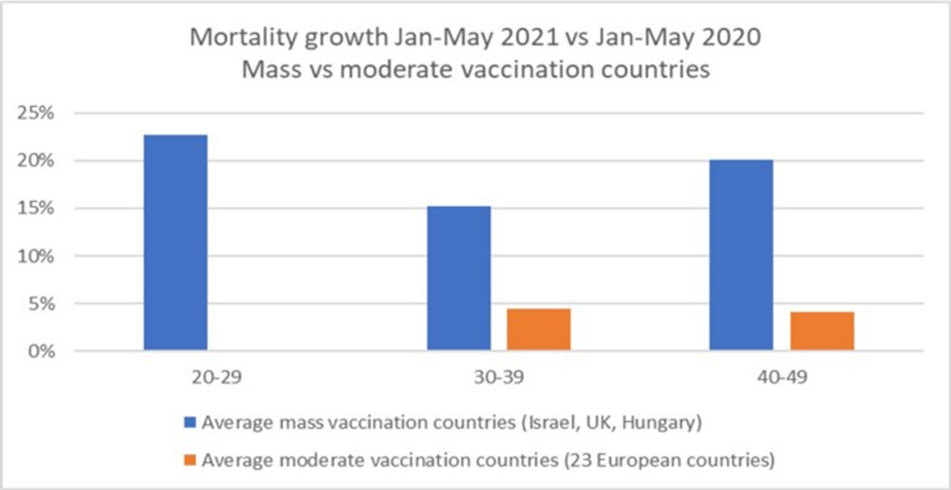
"it appears that the difference between mass and moderate vaccination is significant in terms of mortality growth in young age groups, and that mass vaccination is associated to a higher young adults' mortality growth."More data coming out of Israel demonstrated a similar increase in all-cause mortality between February-May 2021 among 20-29 year olds:
Furthermore, research published by Israeli Professor Retzef Levi showed massive increases in cardiac arrests in adults aged 20-49 between Jan 1st-May 31st 2021 compared with the previous two years.
There was also much higher incidence of acute coronary syndromes in both males and females between 16-49 years old. As can be seen from the table below, the youngest age group (age 16-19) saw the greatest percent increase for both sexes, followed by the second youngest age group (age 20-29).
Beginning between weeks 20-30 of 2021, a sudden rise in excess mortality occurred for Europeans aged 15-44, and Americans aged 24-44:
Furthermore, all-cause excess mortality in the US for under-24s has also been steadily increasing since April of this year:
Vaccination reactions disproportionately affect young adults and adolescents
According to VigiAccess, the World Health Organization's database for documenting adverse events to medications, there have been over 2.4 million reports of adverse reactions to COVID vaccines since the rollout. Currently, 42% of those occur in people under the age of 44, whilst only 6% occur in ages 75 and over.
One of the most serious adverse events is myocarditis, a condition involving acute injury to cardiac myocytes, which in turn activates the immune system, resulting in severe inflammation. In some cases, persistent inflammation leads to ongoing muscle cell damage, heart failure, and death. Pericarditis is another documented side effect, similarly involving inflammation of the pericardium, which is the membrane encapsulating the heart.
Data compiled from the Vaccine Adverse Events Reporting System (VAERS) in one study clearly shows that the occurrence of vaccine-induced myocarditis is inversely proportional to age. As can be seen below, a staggering proportion of these events occur in children, adolescents and young adults. This is unlike pericarditis, which affects a much wider demographic.
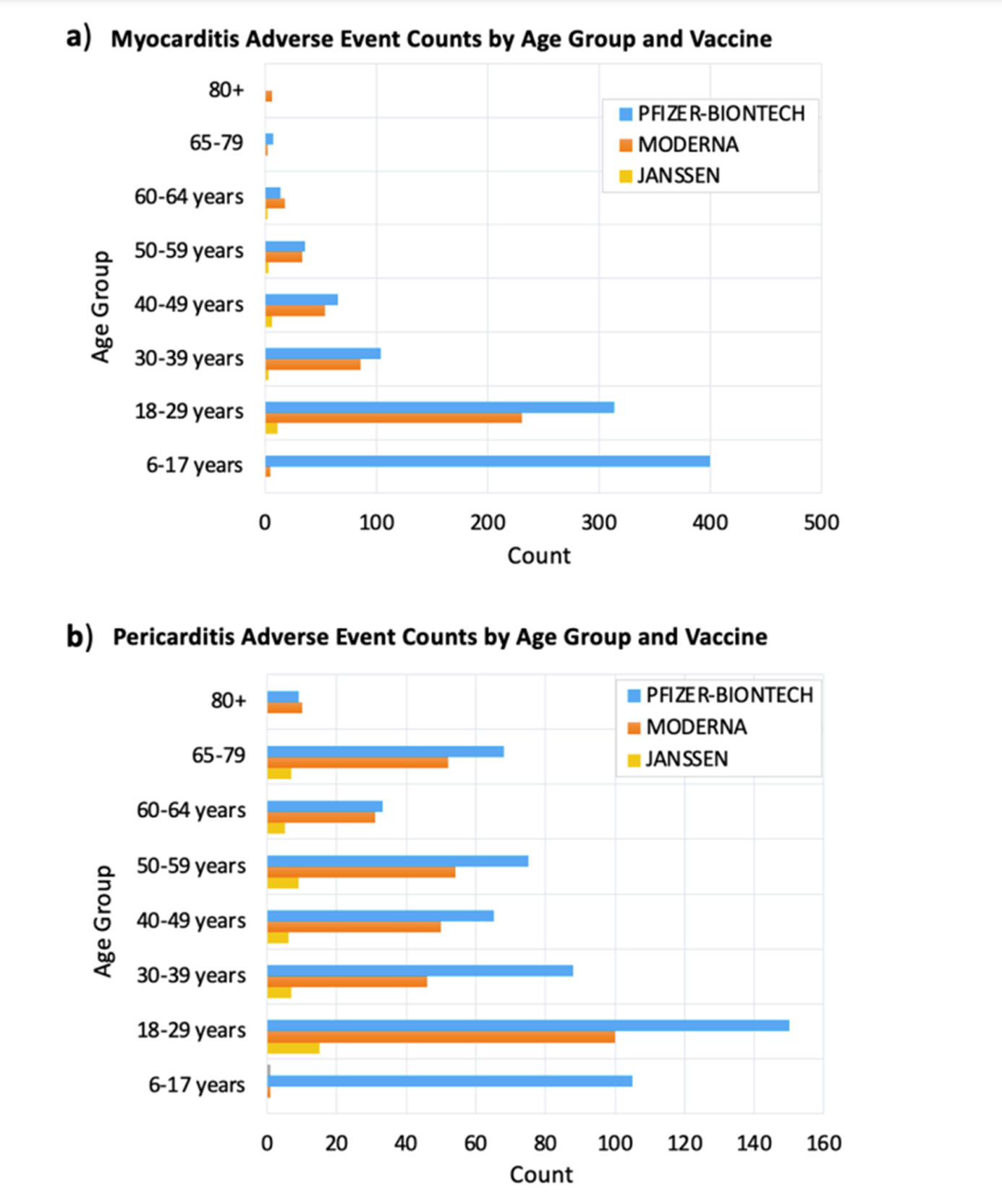
A further examination of the data shows that the overwhelming majority of post-vaccination myocarditis and pericarditis is found in males. Furthermore, there is a much greater likelihood of developing this effect after receiving the second dose of mRNA-type vaccines.
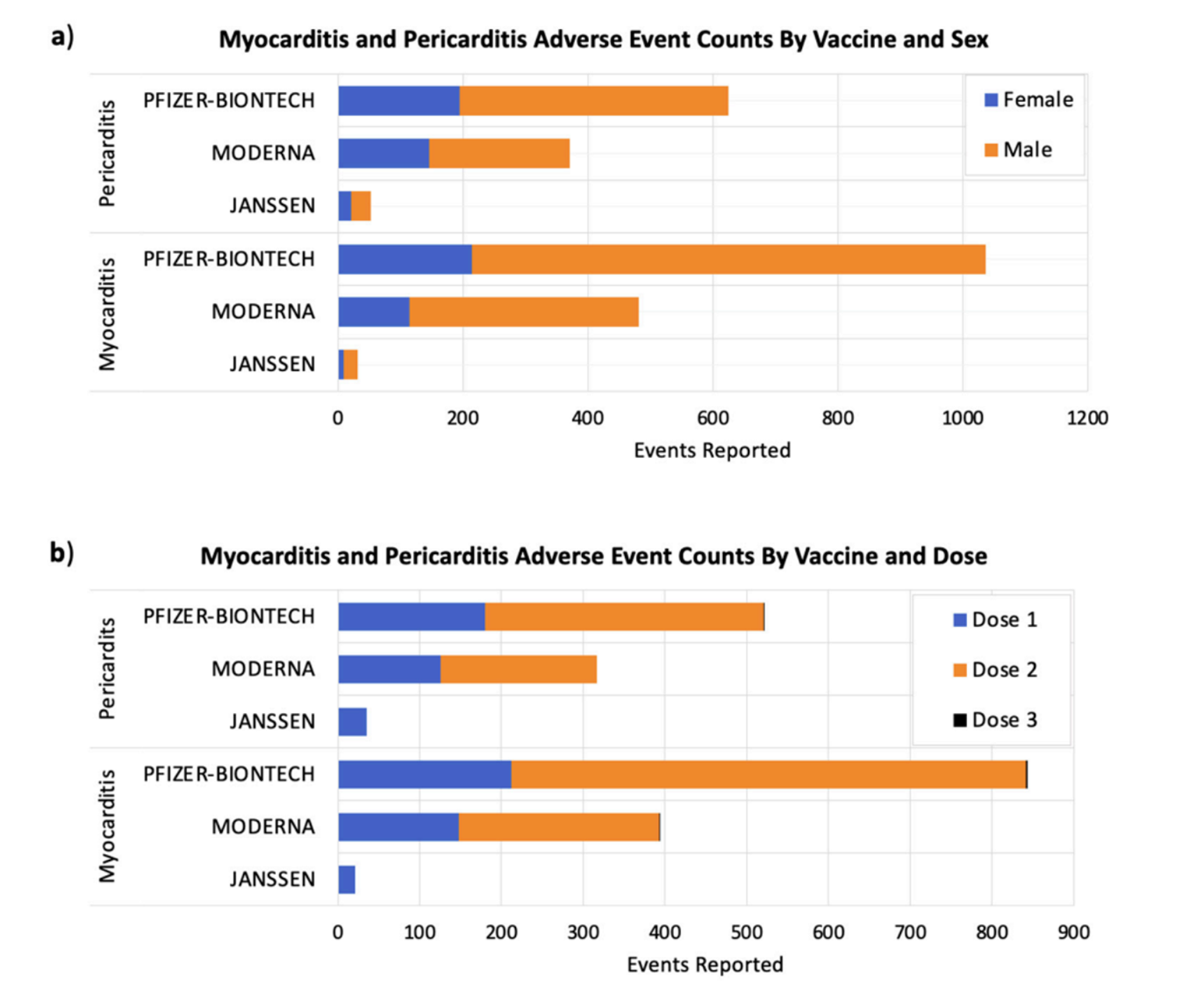
And although apologists for Big Pharma at the New York Times and elsewhere are consistently trying to downplay this condition as "mild and temporary", there are serious justifiable concerns over the long-term health effects that this may have:
Young male mortality on the rise
Unsurprisingly, ever since the vaccine rollout for younger adults and adolescents, several countries have witnessed a disturbing rise in excess mortality amongst young males. In Austria, a massive increase in excess mortality for 2021 has been found in young men aged 15 and above. Compared with the previous year, deaths are up 32% for ages 15-24 and 21% for ages 25-34. A less drastic increase was also demonstrated in males aged 35-44.
These deaths cannot be attributed to COVID, because the mortality rate among females has shown the exact opposite trend, with fewer deaths being reported for all ages.
England and Wales have also witnessed a similar trend among male children aged 10-14. The Exposé compiled official ONS data which reveals that since the rollout of the COVID vaccine for children aged 12+, there has been an 86% rise of deaths in males compared with 2020. Astoundingly, week 40 saw a 600% increase, followed by week 41 which showed a equally disturbing 200% increase.
Another investigation by The Exposé looked at deaths among teens aged 15-19 since the beginning of vaccine administration for this age group. It showed a staggering 63% increase for males, along with 16% for females. Remarkably, the third week of June found a 500% increase in male deaths, along with 700% in the week ending September 3rd. In contrast, the same period only found a 17% increase among female deaths:
At this point, the data is quite clear that something is killing children, adolescents, and young adults at a much higher rate than before mass-vaccination campaigns were introduced. The data also shows that males are being disproportionately affected by vaccine injury, and this is reflected in the available mortality statistics.
In order to attempt to make sense of these findings and understand why this is happening, we first need to examine the underlying mechanisms behind how the vaccines inflict such damage.
Mechanisms of vaccine injury and death
The overwhelming majority of vaccine reactions have been documented after administration of the mRNA-based formulations (Pfizer and Moderna). However, a significant portion also occur with adenoviral DNA vector vaccines (J&J and AstraZeneca). It's worth noting that all of these 'vaccines' share important similarities which will eventually help to explain the severity and frequency of adverse events:
- Each of the above vaccines are based on novel technology which is different from traditional inactivated viral vaccines
- Each of the above vaccines are designed to instruct human cells to synthesize foreign SARS-CoV-2 spike protein (which I will refer to as SPIKE)
The adenoviral DNA vector vaccines contain DNA which codes for SPIKE encased within a non-replicating virus (a chimpanzee adenovirus). After injection, the viral vector penetrates the cell, enters the nucleus and yields messenger RNA (genetic instructions for protein synthesis). This mRNA is then used as a template by our own cellular machinery to start synthesising spike protein. SPIKE fragments then migrate to the surface of the cell, where they are later identified as foreign by the adaptive immune system, which begins generating protective antibodies against this protein. The aim is to provide future immunological memory through antibody formation against any virus which also expresses SPIKE.
On the other hand, mRNA based 'vaccines' do not use an adenovirus vector, but instead encapsulate modified mRNA within a lipid nanoparticle emulsion containing polyethylene glycol, and this functions to facilitate mRNA delivery into the cell. In a roundabout similar way to the adenovirus DNA vector, the newly-delivered mRNA provides the necessary instructions for the cell to begin synthesising copious amounts of foreign SPIKE, which then migrate to the cell surface and initiate an adaptive immune response. Once again, this is with the aim of enhancing long-term antibody production against any future viral threat.
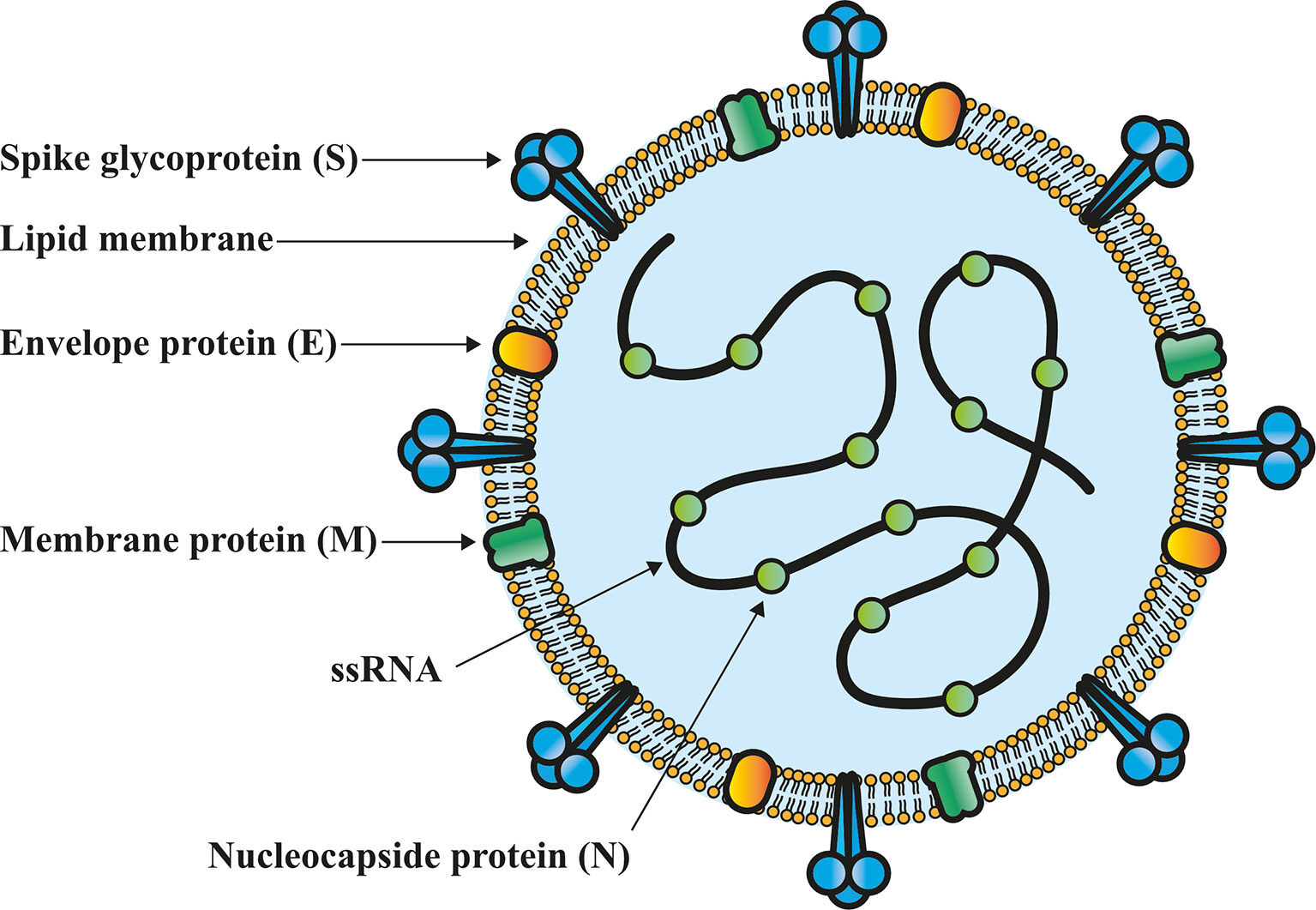
In fact, another pharmacokinetic study in Japan using Pfizer's vaccine technology showed mRNA-containing lipid nanoparticles in practically every organ, including the brain, heart, liver, adrenal glands, kidneys, intestine, sex organs, and spleen, where they stayed for much longer than was originally expected. This means that SPIKE is literally being expressed in tissues all throughout the body, in much higher levels than would ever be present in viral infection, and it sticks around.
Why is this relevant? SPIKE protein was originally considered to be a perfect antigen because of its supposed lack of ability to cause harm to host tissues. According to the CDC, modified SPIKE protein is a "harmless antigen". But the bulk of evidence now shows that, far from being a "harmless antigen", SPIKE is in fact an extremely toxic molecule capable of initiating severe, systemic inflammation. Ongoing exposure to this poison might help to explain most, if not all, of the vaccine adverse events and deaths.
Toxicity of SPIKE protein
Upon contact with cells, SPIKE has a very high affinity for angiotensin converting enzyme (ACE2) receptors, ubiquitously expressed on the surface of numerous cell types located in the lung, brain, blood vessels, heart, and many other organs. In COVID-19 infection, ACE2 receptor binding is considered to be the primary mechanism of viral entry into the cell. After binding, ACE2 is internalized and degraded, which causes a loss of receptor function. Ordinarily, ACE2 is involved in systemic regulation of the cardiovascular system and serves as an important regulator of renin-angiotensin system (RAS). A large number of studies have demonstrated anti-inflammatory, antioxidant, anti-apoptotic and anti-fibrotic properties of ACE2 receptor function, and it is considered highly protective against cardiovascular injury of all sorts, including myocarditis.

ACE2 receptor binding not only disables/blocks its ordinary function, but initiates cell signalling cascades which stimulate pro-inflammatory gene expression and trigger the inflammatory response. SPIKE protein alone is capable of causing widespread vascular inflammation.
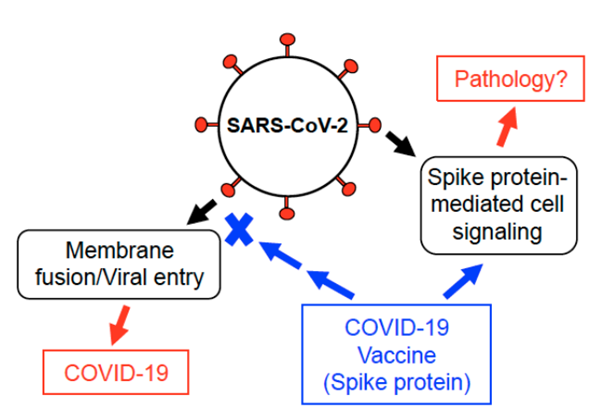
Any tissue or cell which expresses ACE2 receptors is therefore extremely vulnerable to the effects of this protein. In endothelial cells lining the blood vessels, SPIKE triggers an inflammatory cascade resulting in vascular endothelial dysfunction, impaired nitric oxide bioavailability which reduces the capacity for vasodilation, and induces vasculitis. SPIKE was recently shown to increase vascular endothelial permeability through disrupting tight junction barrier proteins, and this effect is thought to further increase damage to the cardiovascular system and systemic inflammation. Activation of the complement pathway and other inflammatory mediators triggers a systemic procoagulant state. SPIKE binding with ACE2 on platelets was shown to cause dose-dependent platelet aggregation, potentially leading to lethal thrombosis (blood-clotting). Microangiopathy (disease of the small blood vessels) is not limited to the pulmonary capillaries but can occur throughout the entire vascular system and affect every organ including the brain, liver, and heart.
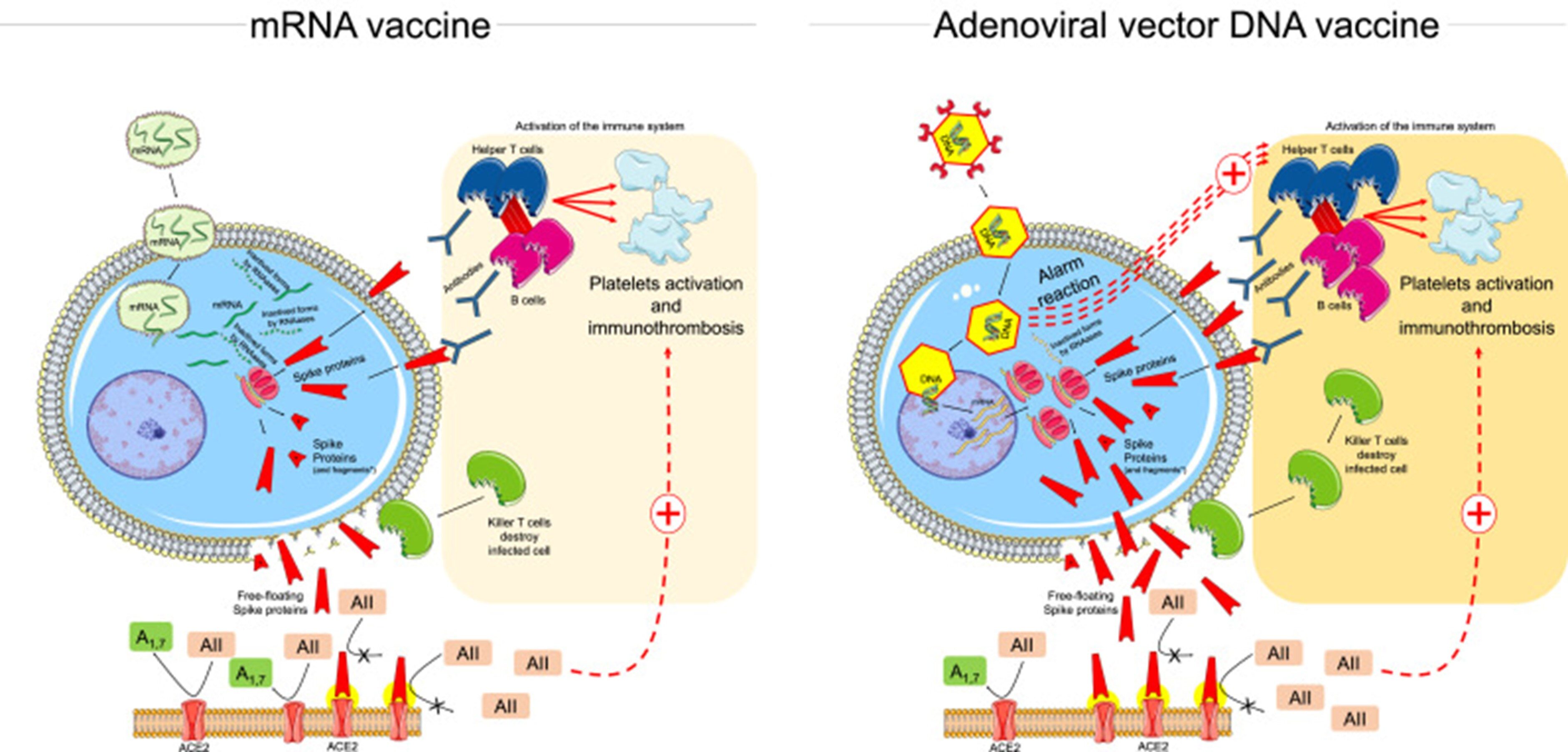
SPIKE not only binds with ACE2, but has been shown to enhance systemic inflammation through binding Toll-like receptor 4 (TLR4). TLR4 detects pathogen-associated molecular patterns such as bacterial lipopolysaccharide and, like other TLRs, is responsible for modulating the innate immune response. TLR4 can drive hyperinflammation through activating proinflammatory transcription factors such as NF-Kappa Beta. A recent animal study demonstrated increased generation of proinflammatory cytokines, cardiac hypertrophy (enlarged heart), and decreased cardiac systolic function in mice treated with SPIKE, and the authors conclude that TLR4 activation might be one of the driving mechanisms behind cardiac injury.
SPIKE was recently shown to bind with integrin proteins in the lung, and Neuropilin-1, a transmembrane protein in the brain involved in neuronal development and axonal growth. The effects of this are not yet known.
SPIKE also has high affinity for monoamine oxidases, equal to its affinity for ACE2. MAOs (A and B) are a class of enzyme intrinsically involved in the regulation of neurochemicals. These function to metabolize (break down) amine neurotransmitters such as dopamine, serotonin, noadrenaline, and phenylethylamine. Functional abnormalities in MAO have been associated with behavioural/neuropsychiatric disorders and some neurodegenerative conditions. SPIKE-MAO complex formation was shown to significantly reduce enzyme activity by lowering enzyme affinity toward its substrate neurotransmitters. This is expected to lead to an excess of amine neurotransmitters which is likely to significantly alter overall neurochemical balance and mood/cognition/brain function.
Another major point of concern is the theoretical ability of SPIKE to trigger autoimmunity. Vaccine-induced autoimmunity has been demonstrated for several other conditions. This is thought to occur through cross-reactivity between foreign vaccine-derived antigens with host proteins.

Khavinson and colleagues found significant sequence homology between SPIKE and a variety of human proteins:

These host tissue antigens included:
The authors of that paper warned:
- Transglutaminase 2 & 3 - proteins responsible for tissue repair, antibodies associated with Coeliac, IBD and arthritis
- ENA - proteins found in the cell nucleus, antibodies associated with SLE & non-specific systemic autoimmunity
- Myelin basic protein (MBP) - a protein involved in the myelination of nerves, antibodies associated with Multiple sclerosis
- Mitochondria - the source of ATP production inside the cell
- Nuclear antigen (NA)
- α-Myosin - A functional protein of the cardiac muscle. Antibodies are implicated in myocarditis and other cardiac diseases
- Thyroid peroxidase (TPO) - Enzyme located within the thyroid gland, associated with Hashimoto's thyroiditis.
- Collagen - most abundant structural protein in the body
- Claudin 5+6 - protein responsible for maintaining epithelial barrier integrity, antibodies associated with leaky barrier
- S100B - protein involved in brain function
"There are reasons for all the precautions involved in developing a vaccine, not the least of which are unwanted side-effects. In light of the information discussed above about the cross-reactivity of the SARS-CoV-2 proteins with human tissues and the possibility of either inducing autoimmunity, exacerbating already unhealthy conditions, or otherwise resulting in unforeseen consequences, it would only be prudent to do more extensive research regarding the autoimmune-inducing capacity of the SARS-CoV-2 antigens. The promotion and implementation of such an aggressive "immune passport" program worldwide in the absence of thorough and meticulous safety studies may exact a monumental cost on humanity in the form of another epidemic, this time a rising tide of increased autoimmune diseases and the years of suffering that come with them."Finally, another animal study found that SPIKE-induced pathogenic auto-antibodies resulted in autoimmune attacks on numerous organs, haemorrhaging, and yielded spontaneous abortion, neonatal death and stillbirth through what its authors referred to as "Antibody Dependent Auto-Attack".
To summarize, vaccination provides the host with genetic instructions to synthesize copious amounts of an extremely toxic protein, which makes its way into circulation and has been found in practically every organ. SPIKE is a highly inflammatory molecule capable of triggering systemic inflammation and dysfunction of the blood vessels, inflicting damage to multiple organs, which also has a high potential for initiating the development of organ-specific autoimmunity.
Without detailing the mechanism of each and every side-effect, it is fairly clear at this point why vaccination is associated with so many serious adverse events.
Why are vaccine adverse events and deaths more common in young people?
The very qualities which provide children, adolescents, and young adults with robust immune protection against COVID-19 (and other infectious disease) are unfortunately the same qualities which render them exponentially more susceptible to experiencing severe adverse events and death from vaccination.
Recall that individuals over the age of 65 accounted for just 15% of the COVID vaccine adverse events, yet account for at least 76% of COVID deaths across the US, according to recent CDC estimates (although that percentage is likely much higher). This can at least partly be explained by immunosenescence, which is a natural consequence of aging. The ability to mount cell-mediated defenses against new infections begins to wane due to decreased availability of naïve T-cells. Additionally, plasma B cells with lower antigen specificity mean that the elderly are also less able to generate protective antibodies against new infections. Aging is associated with low-level, chronic inflammation, but with less flexibility and immune-reactivity to new oncoming threats. Hence, the elderly are more vulnerable to death from exposure to new viral/bacterial infection.
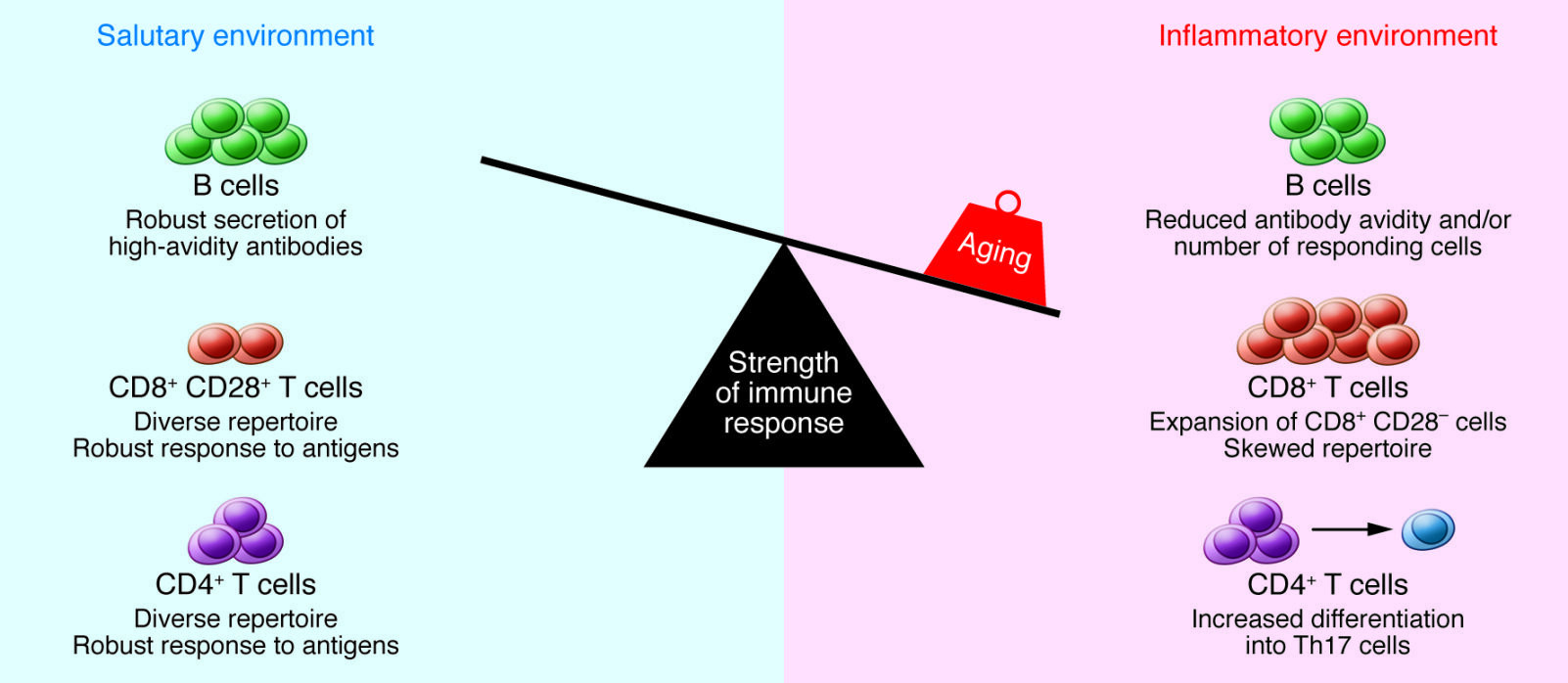
Why are the effects mostly seen in males?
Myo/pericarditis appears to be one of the most common adverse events experienced shortly after vaccination and, as we have seen, is disproportionately affecting males. Cardiovascular injury and disease are more prevalent in males even outside of the context of vaccination. Both innate and adaptive immune cells are involved in vaccine injury, and key sex differences exist in immune system dynamics and responsiveness to infection/inflammatory triggers. COVID vaccines, especially the second dose and boosters, are known to stimulate a strong TH1-driven immune response, which likely involves spike protein activation of TLRs.
The initiation of cardiac damage in myocarditis is associated with heightened Th1-driven cell-mediated immunity, involving significant elevations in proinflammatory Th1 cytokines Interferon-gamma (IFN-y) and Tumor Necrosis Factor-alpha (TNF-a). Interestingly, recent analysis using computational systems biology methods identified key signalling roles for IFN-y and TNF-alpha in vaccine-induced myocarditis. Males are known to have a greater tendency towards proinflammatory Th-1 dominant immune responses, with stronger NK cell activity and cytotoxic T-cell immunity capable of causing excessive tissue destruction if left unchecked.
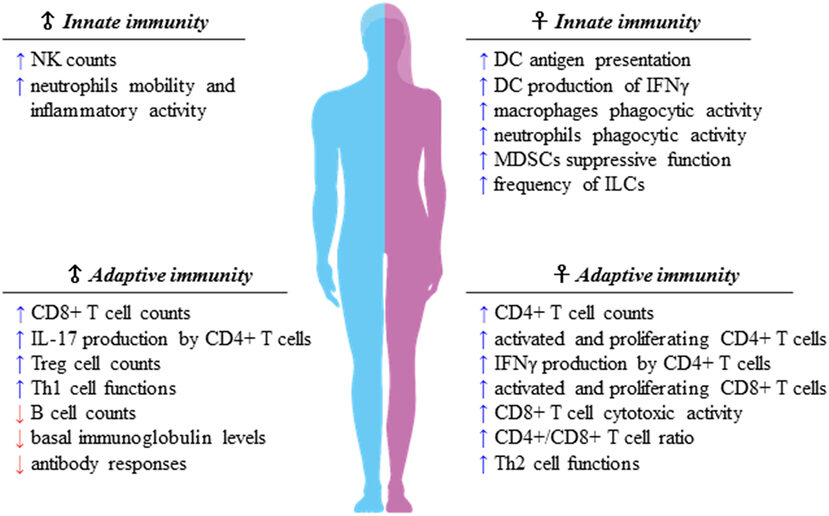
It is therefore possible that lower testosterone and higher estrogen is one of the reasons why women respond to infection or trauma with less inflammation in the heart compared with men. These sex differences may therefore help to explain why we are seeing a greater increase in deaths among males shortly after vaccination.
Does this mean that COVID vaccines are safe for females?
Males statistically have more severe, immediate reactions to vaccinations, probably due to underlying sex differences in immune function. The enhanced cell-mediated immunity of males make them more susceptible to specific conditions shortly after vaccination, such as myocarditis.
However, it is entirely possible that females will experience just as many adverse events, although they may take longer to develop and will likely manifest in different ways. Remarkably, females account for approximately 78% of all autoimmune pathology. They are at least twice as likely to develop a much wider range of autoimmune conditions compared with males, and in some cases are up to 10-20 times more likely. Like males, these observations can likely be explained by sex difference in immune predisposition and function.
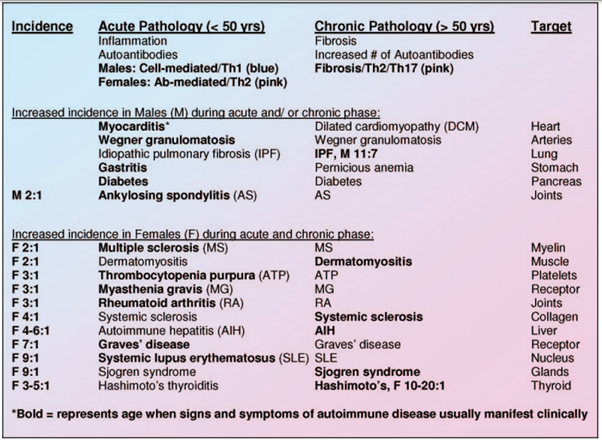
Conclusion
The long-term effects of this novel technology are completely unknown. Many of the world's leading scientists and physicians, including inventor of mRNA vaccine technology Dr. Robert Malone, have warned of the dangers and potential long-term side-effects of mass-COVID vaccinations. These include widespread development of severe autoimmune illness, prion disease and other potentially lethal neurological disorders, mass infertility, the creation of lethal new variants, permanent incorporation of foreign mRNA into the human genome, and antibody-dependent-enhancement leading to increased susceptibility to death from viral exposure.
With the rollout of COVID vaccines for younger children, it is entirely possible that the effects will become more pronounced among this demographic, and if the authorities had any concern whatsoever for the health of the population at large, this mass-experiment would be stopped immediately.
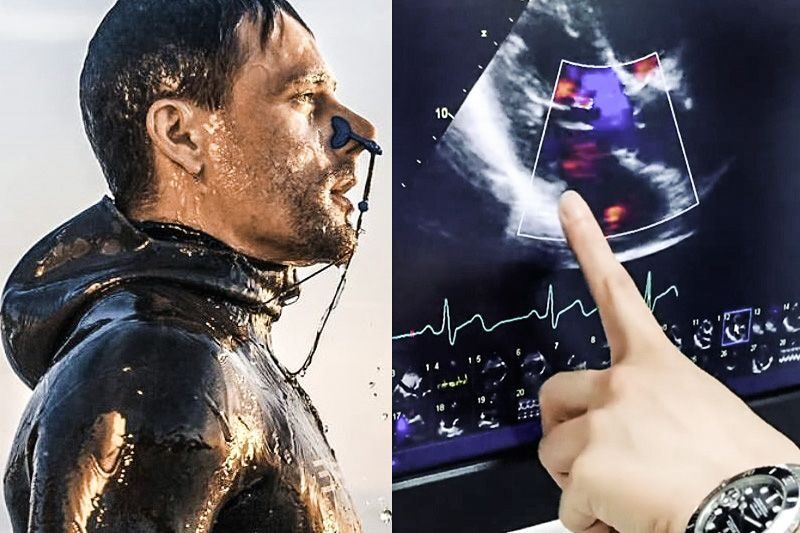



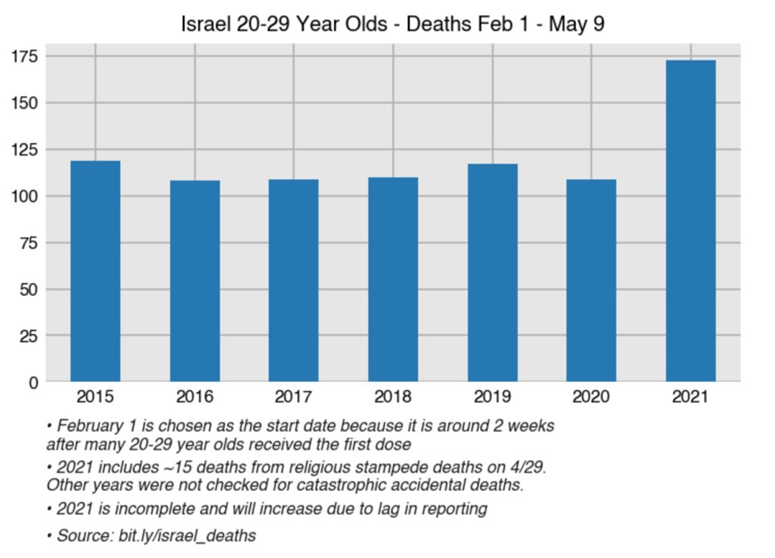
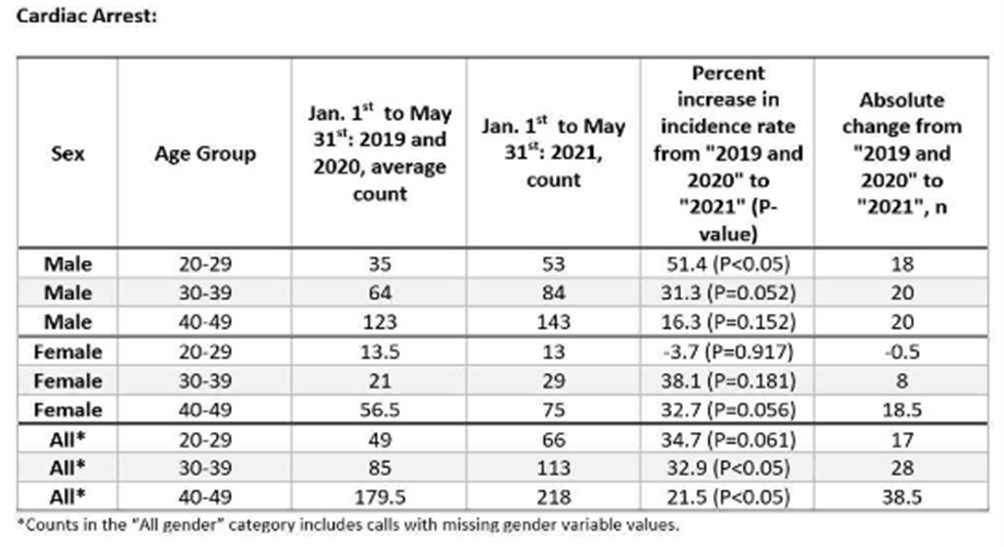
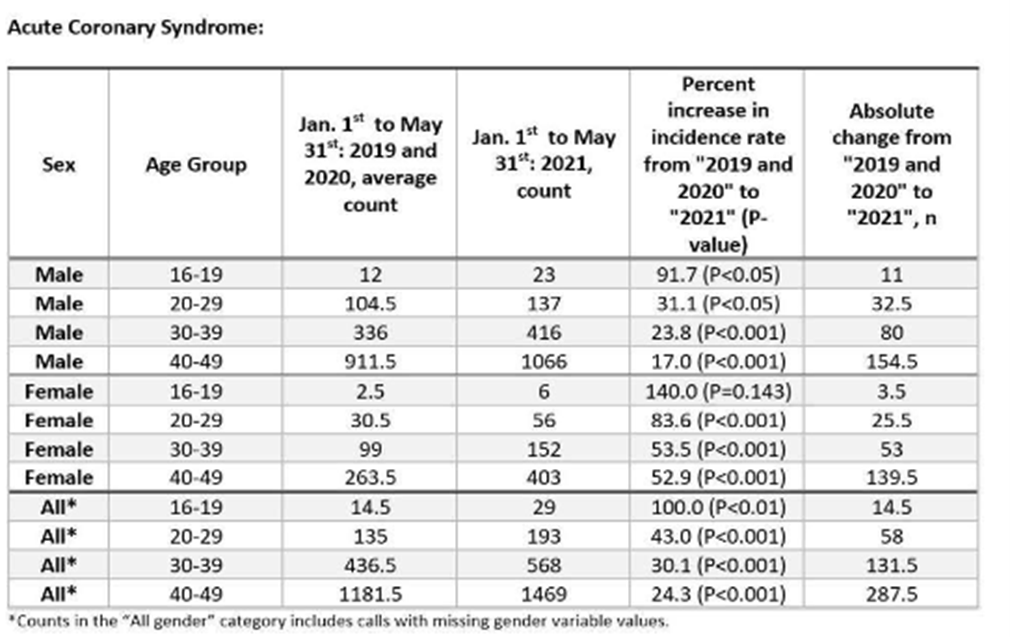
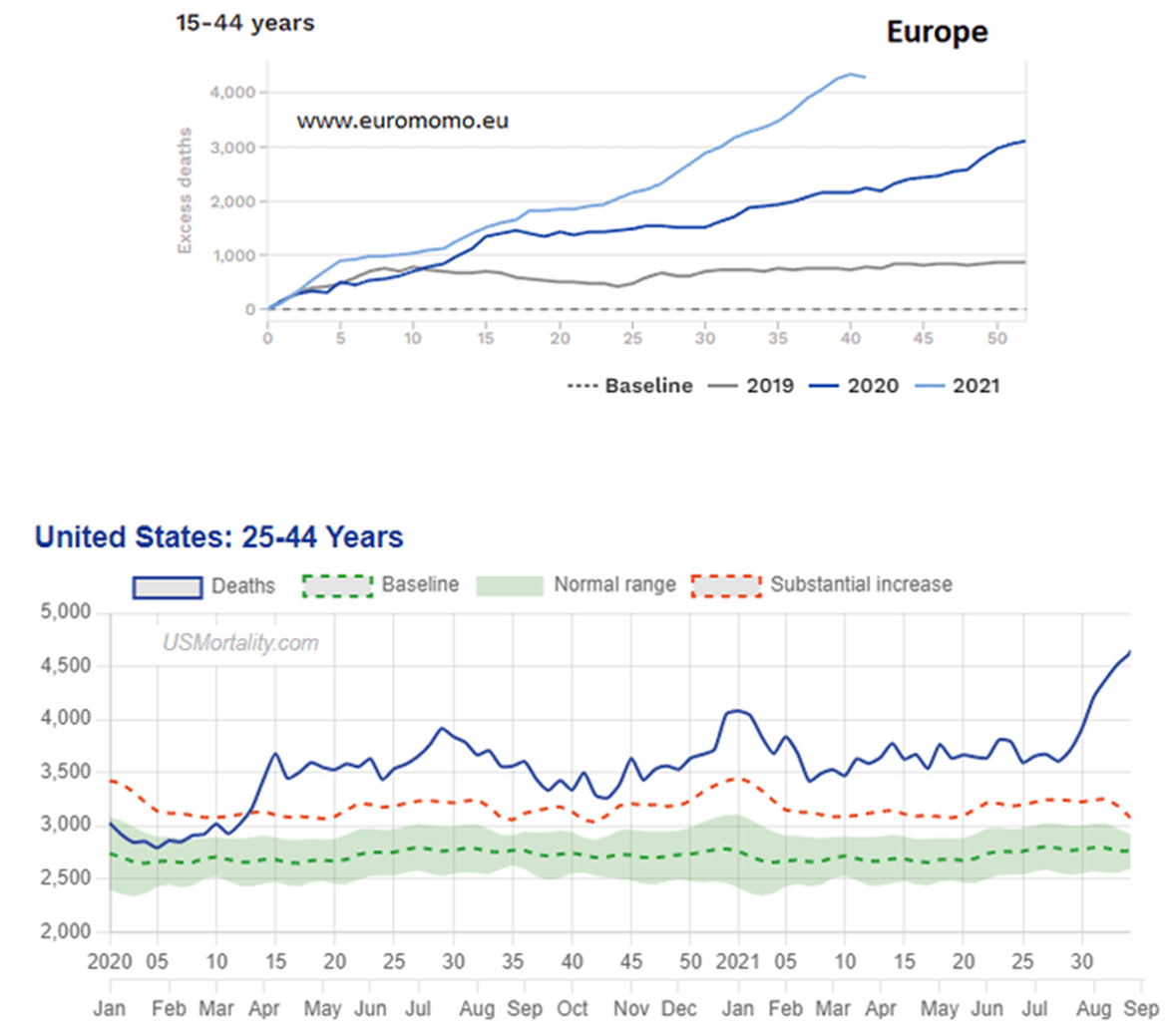

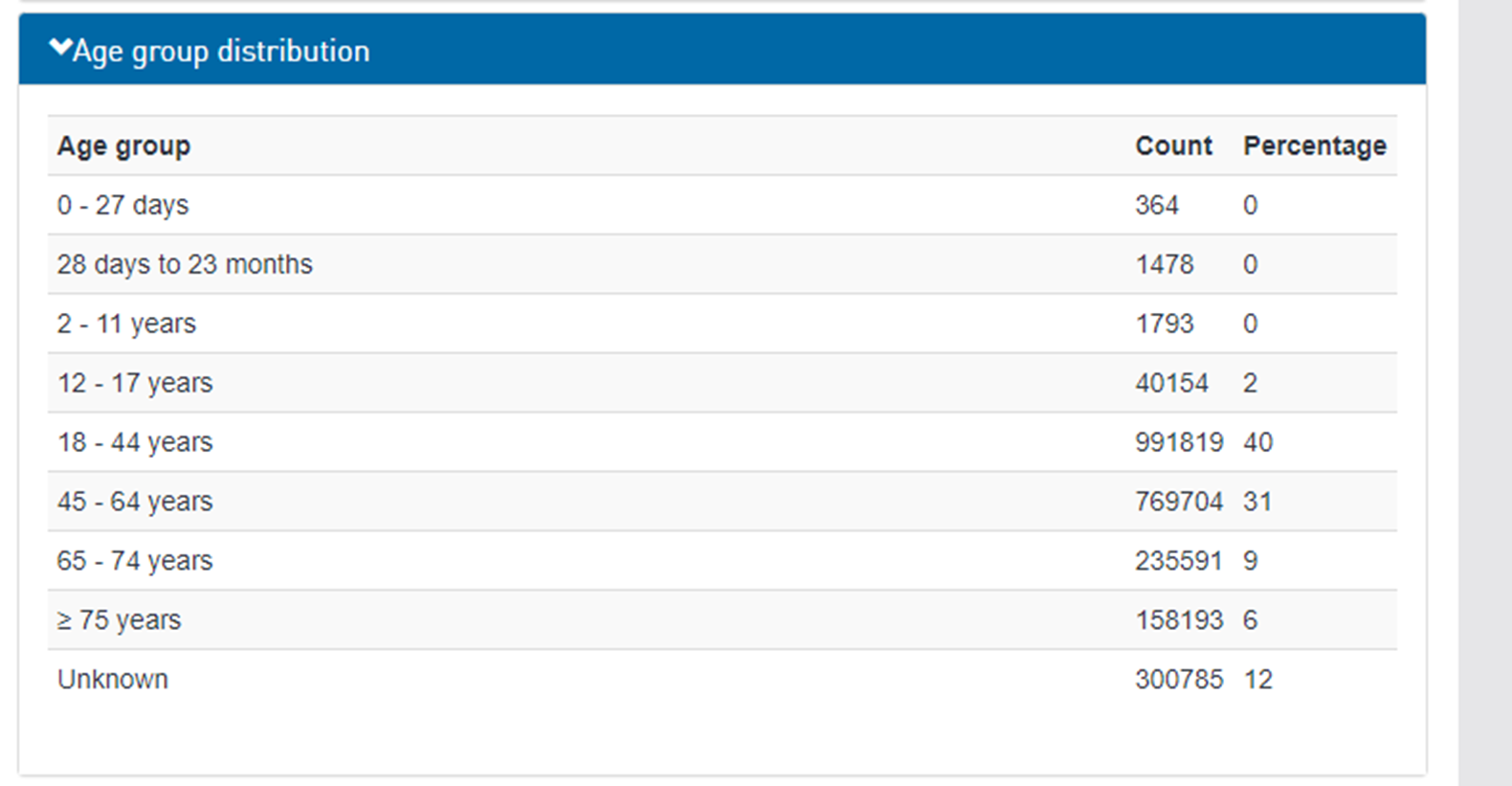
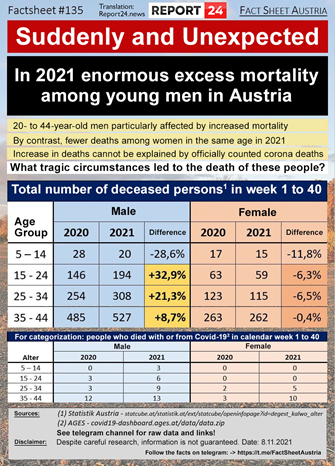
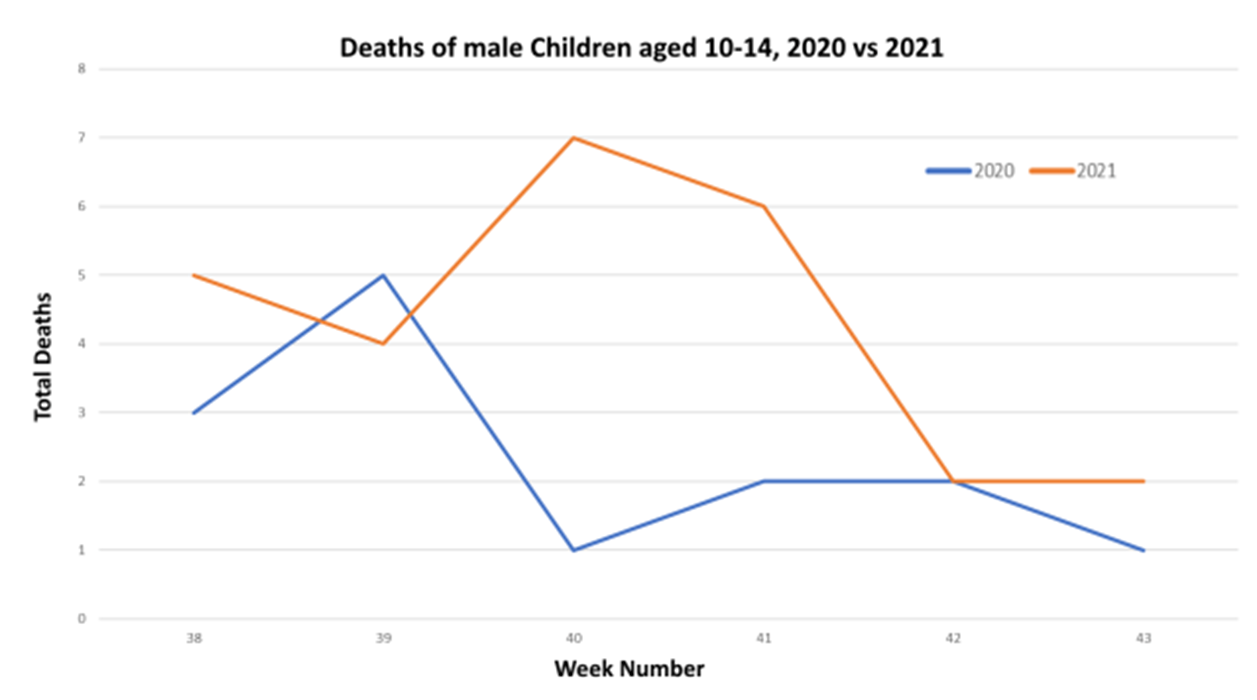
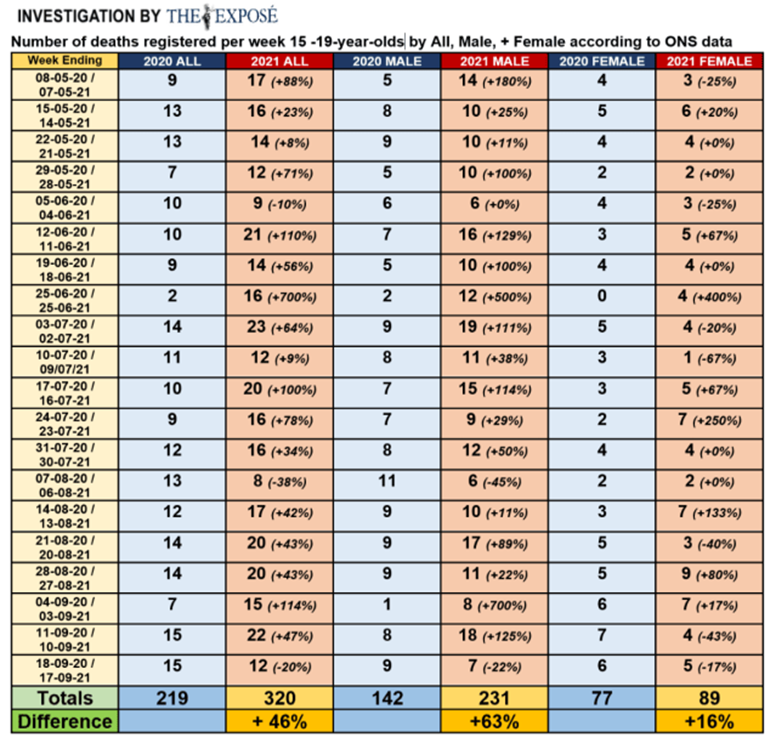
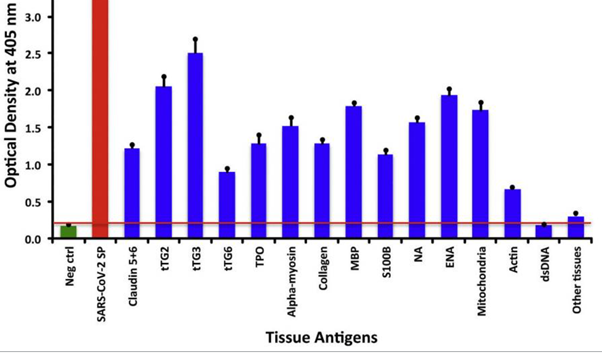



We were informed they like to mine gold and copper, because although they have the tech to create gold, mining it is way less energy intensive. Also remember that old hospital story, where weird alien-like doctors were moving around and all the personnel were very silent, moving in almost slow-motion in a very measured way, wasting zero energy on running around, nobody had any emotional outbreak, no swearing, no raising voices at all: that's quite effective energy preservation.
Therefore:
Fighting perfectly healthy human inhabitants on the targeted planet's surface would involve way more energy expenditure - lots of war resources used and predicted losses would occur - , which they don't like at all.
Spraying the population with an aerosolized pesticide = Vaxx Spike Protein and making the individuals bodies become spike-protein factories to make more of the deadly pathogen and spread it around via breathing and touching, I think, is a perfect alien tactics.
The Covid Dictatorship around the world also excellent for their purposes, since it produces emotional and physical pain-energy, which they feed on. Its such a bountiful - multi-purpose, multi-vector, multi-success solution that one can only admire this technology: essentially it costs minimal energy and resources and makes the targeted population exterminate itself, while still producing food that they can eat.